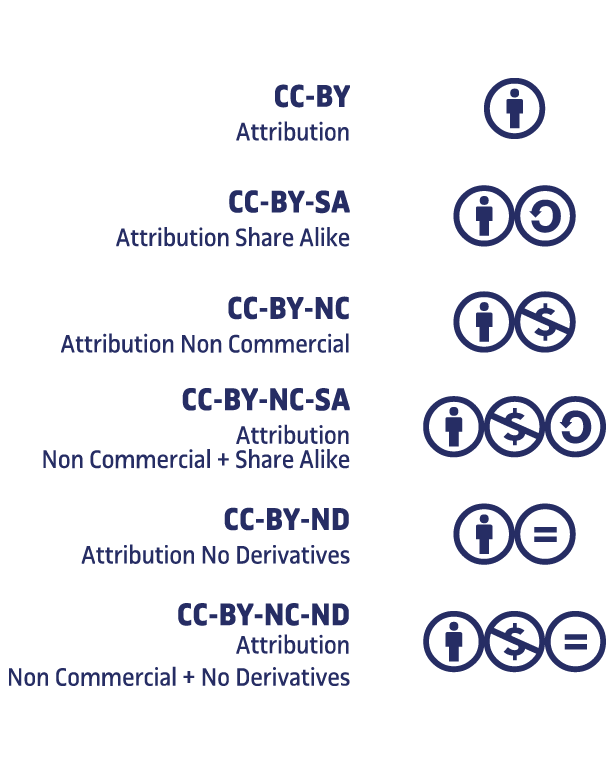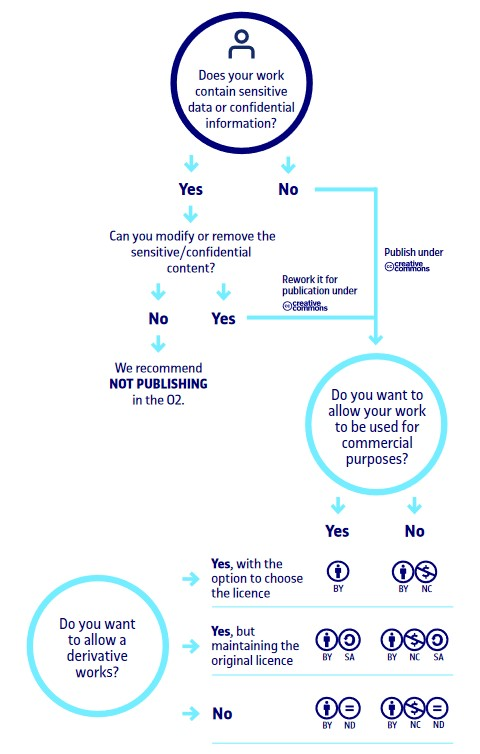
Intellectual property
Presentation
What is copyright? And Creative Commons licences? Can you use an image or text in your assignments or research? Find the answers to all these and more questions on intellectual property and copyright.
What is intellectual property?
The concept of intellectual property encompasses any creation of human intellect and is regulated by the Spanish law on intellectual property. Additionally, the Spanish law on intellectual property. Additionally, the Regulations on the intellectual and industrial property of R&I activities at the Universitat Oberta de Catalunya set out how the law applies to university staff.
What are authors' rights?
These are the rights held by anyone who creates a literary, artistic or scientific work. The rights holder can be the author of the work, or the person or organization to whom the author has transferred the rights.
These rights include:
Moral rights
These rights are irrevocable and inalienable, and they are always held by the author of a work and their heirs. They are a claim to the authorship of a work, and can be used to object to the authorship being modified in a way that could be detrimental to the reputation of the person who created it.
Economic rights
These rights are transferable and of limited duration.
They enable the holder to be paid for the use of their works by third parties.
They include the following rights:
- The right to reproduce the work.
- The right to distribute the work.
- The right to perform the work publicly.
- The right to adapt the work.
What is industrial property?
According to the Spanish Patent and Trademark Office, industrial property protects all creations that are related to patents, utility models, industrial designs and trademarks or trade names.
What is copyright?
Copyright, represented by the © symbol, grants the holder exclusive rights to reproduce, publish, sell or distribute the work. It is the term used in English-speaking countries to refer to authors' rights.
What are Creative Commons licences?
They are open dissemination licences, halfway between the "all rights reserved" concept of copyright and the "no rights reserved" of works in the public domain.
There are various types of Creative Commons licences for authors to choose from when they decide upon the conditions under which their work can be copied, reproduced and modified, and these can be combined as desired.
What types of Creative Commons licences are there?
There are six possible combinations of Creative Commons licences:

Alongside the six Creative Commons licences, there's also CC0 1.0 for when the author waives all their rights to the work. If the work is already in the public domain, the public domain 1.0 mark is applied.


